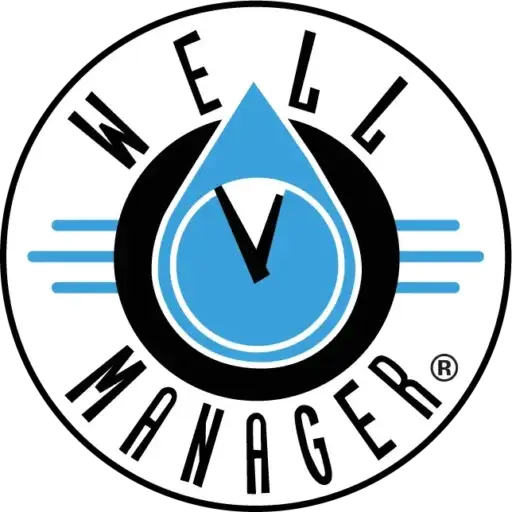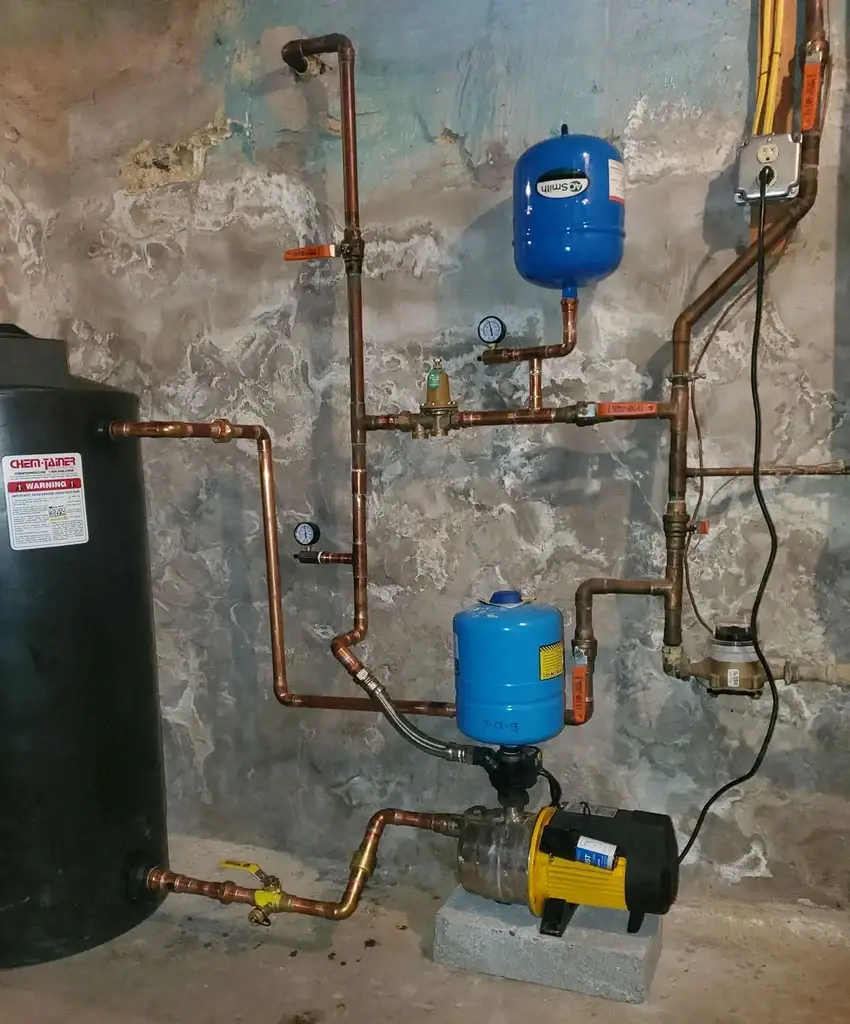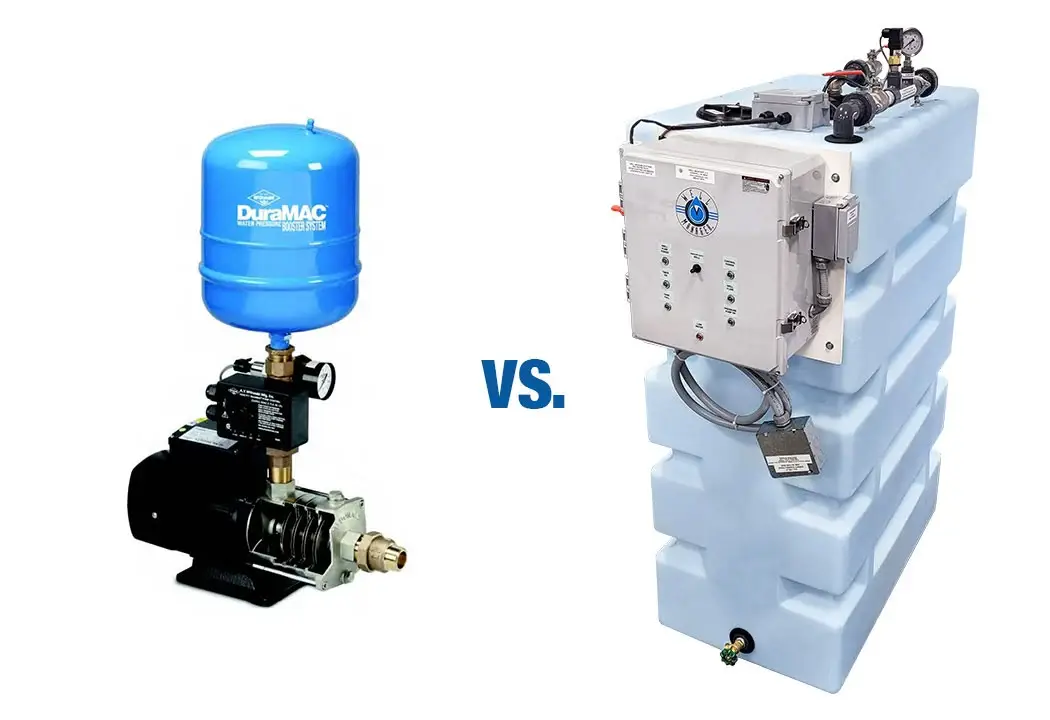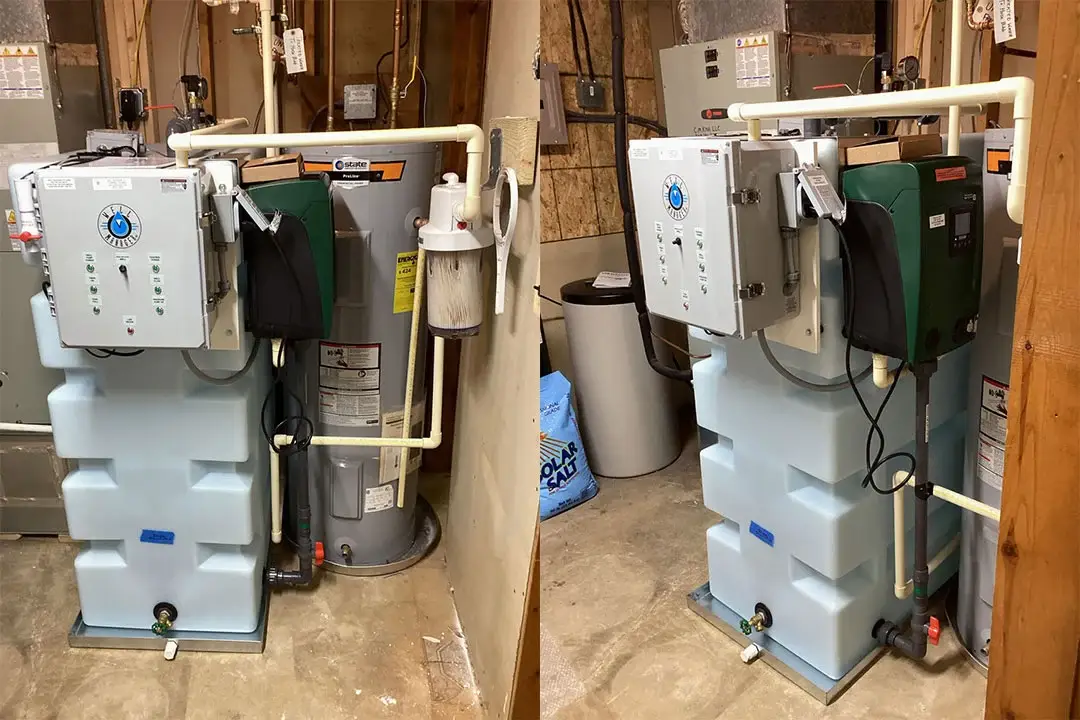Homeowners with low-yield wells often struggle with unreliable water pressure—sometimes it’s fine, other times there’s barely a trickle. Many reach for a traditional booster pump as a quick fix. However, research from the U.S. Geological Survey (USGS), U.S. Department of Energy (DOE), and Penn State Extension reveals that this approach can lead to significant downsides: stress on your aquifer, unstable flow, and higher power bills. Thankfully, the Well Manager® system offers a more balanced and reliable solution.
The Downside of Booster Pumps
- Pressure Highs and Lows:A booster pump reacts whenever water pressure dips below a set point, kicking on to force water through the pipes. While this might temporarily boost flow, the DOE notes that the constant stopping and starting can waste energy and cause annoying surges. One minute, you’re enjoying a solid shower, and the next, you’re dealing with a sudden pressure drop or a burst of overly strong flow. Frequent on-off cycles also speed up wear-and-tear on the pump, meaning more maintenance headaches.
- Hard on Your Well:According to the USGS, pulling water out of the ground too fast—often the case with a booster pump—lowers the water table and raises the risk of drawing in silt or air bubbles. Over time, you might find yourself dealing with a weaker well yield or more frequent pump replacements. Penn State Extension warns that such rapid pumping can eventually damage equipment and reduce the well’s long-term capacity.
Why Well Manager® Works Better
- A Gentle “Sip” for Your Well:The Well Manager® system collects water slowly and steadily, letting the aquifer recover naturally. Instead of yanking gallons out at once, it stores water in a 210-gallon (or larger) tank. This softer approach preserves well health—there is no frantic pumping that risks pulling in sediment or emptying the well faster than it can recharge.
- Consistent Pressure, Fewer Surprises:In many ways, Well Manager® flips the script: You draw daily water from the stored supply rather than directly from the well’s fluctuating level. That buffer means you’ll enjoy stable pressure—minus the on-off jolts typical of booster pumps. It’s like having a personal reservoir that keeps your household taps flowing smoothly, even during peak usage.
- Easier on the Utility Bills:When your system only runs at set intervals (instead of every time water pressure dips), you won’t burn through as much electricity. The DOE reports that cutting down on rapid starts can significantly trim pumping costs, which is why Well Manager® times its collection to optimize pump operation. The result: a win-win for both your wallet and your equipment.
- Simple and Flexible Installation:Unlike a booster pump setup—which might require multiple pressure switches, small bladder tanks, or specialized flow controllers—the Well Manager® is designed as an integrated package. Choose from a vertical or horizontal orientation, add extra tanks for more storage, and even select from various pump options. Whether your space is a cramped crawl space or a roomy basement, there’s a Well Manager® configuration for you.
Bottom Line: A Smarter Way to Manage Low-Yield Wells
A booster pump may promise higher pressure but can also bring pressure swings, over-pumping woes, and larger electric bills. Agencies like the USGS, DOE, and Penn State Extension highlight these issues because they see it so often: people unintentionally harming their wells or racking up high utility costs for only marginal improvements in flow.
By contrast, Well Manager® provides a steadier, more eco-friendly fix. It gradually collects water, shields your aquifer from rapid depletion, delivers stable pressure, and streamlines everyday living. If you’re tired of patchwork fixes, Well Manager® offers a sustainable, cost-effective path to the reliable water supply you’ve been missing.
Related Reading
- How to Survive a Drought with a Low Yield Well
- Understanding the Symptoms of a Low-Yield Well
- How a Well Manager System Can Solve Your Low Yield Well Issues
- Why Traditional Low-Yield Well Solutions Fall Short: Discover a Better Alternative
- Who Used All the Water?!?!—Understanding Your Well Recovery Rate




